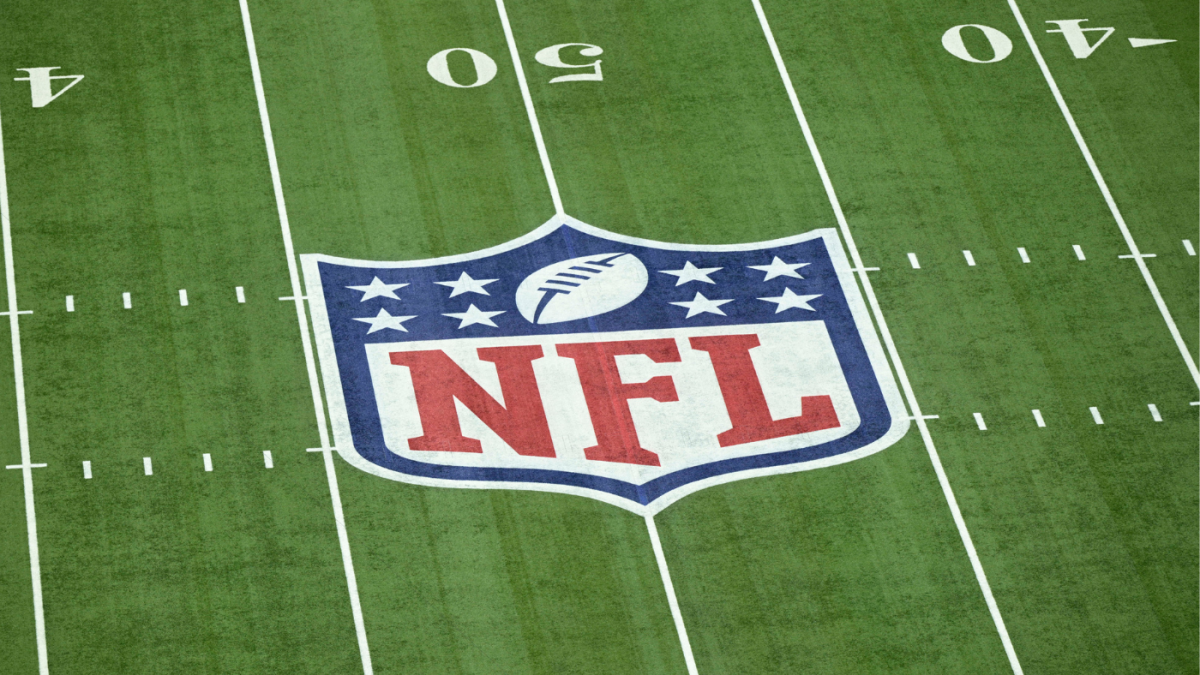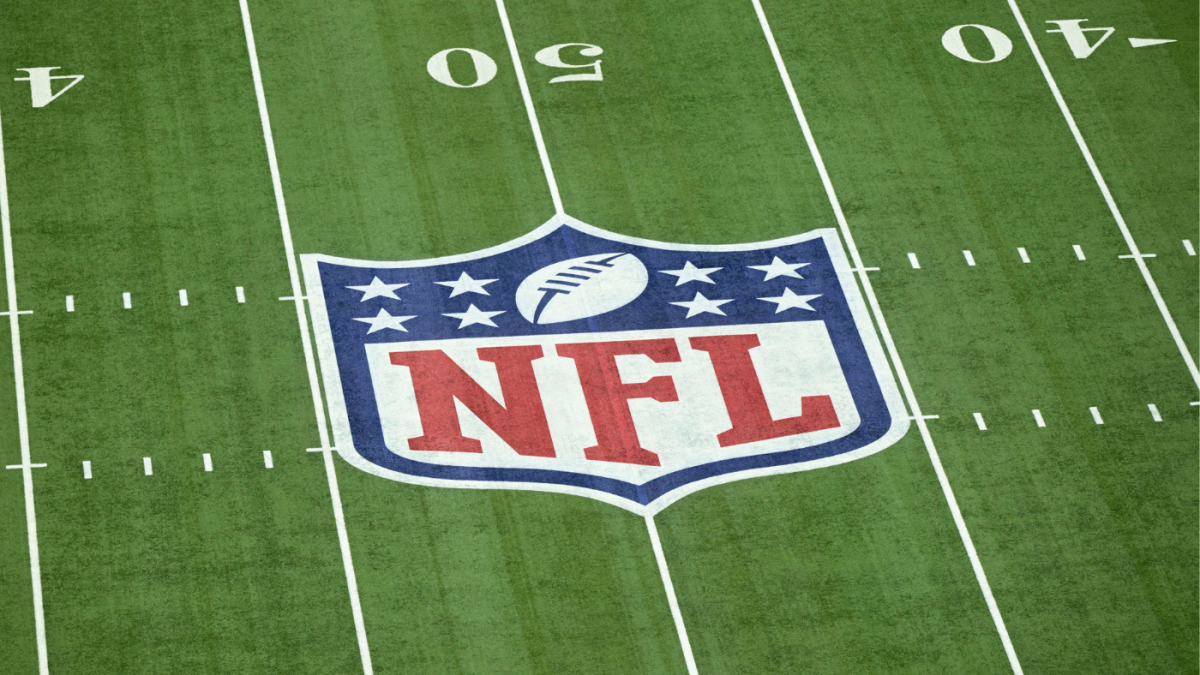The National Football League (NFL) stands at a critical juncture, with the potential expansion of its regular season from 17 to 18 games sparking intense debate. This proposal, driven by the league’s owners, promises increased revenue but raises significant concerns about player safety and the integrity of the game. The NFL Players Association (NFLPA) has firmly resisted the idea, citing health risks and potential dilution of play quality. As formal negotiations are not expected until at least 2026, the league finds itself in a delicate balancing act between financial ambition and player welfare.
The Financial Allure of an 18-Game Season
For NFL owners, the appeal of an 18-game season is primarily financial. The league’s current revenue model is highly lucrative, with broadcasting rights, ticket sales, and sponsorships generating billions annually. Adding two more regular-season games would amplify these revenue streams. According to industry analysts, each additional game could generate an estimated $1 billion in incremental revenue, a figure that underscores the league’s financial motivations. This revenue could be reinvested in various areas, including stadium upgrades, player development programs, and international expansion efforts.
The NFL’s global ambitions are another driving force behind the push for more games. The league has been actively expanding its international presence, with regular-season games held in London, Mexico City, and Germany. An 18-game schedule would provide more opportunities to showcase the NFL in these markets, potentially attracting new fans and sponsors. The league’s international games have already proven popular, with the 2023 season featuring five games outside the United States, drawing record attendance and viewership.
However, the financial benefits must be weighed against the potential risks. Increased game frequency could lead to player burnout and a decline in the quality of play, which might ultimately harm the league’s long-term appeal. Fans and sponsors alike value the high level of competition and athleticism that the NFL is known for, and any perceived dilution of these elements could have unintended consequences.
Player Safety: The NFLPA’s Primary Concern
The NFLPA’s resistance to an 18-game season is rooted in player safety. The physical demands of the sport are well-documented, with players facing a high risk of injuries, including concussions, ligament tears, and chronic conditions like chronic traumatic encephalopathy (CTE). The current 17-game season already takes a significant toll on players’ bodies, and adding two more games would exacerbate these risks. Studies have shown that the likelihood of injuries increases with each additional game, particularly in high-impact positions like running backs and linemen.
Beyond the immediate physical risks, there are long-term health implications. Many former NFL players have spoken out about the lasting effects of their careers, including chronic pain, cognitive decline, and mental health issues. The NFLPA argues that expanding the season would only compound these problems, potentially shortening players’ careers and impacting their post-retirement quality of life. The union has also raised concerns about the offseason, which is crucial for players to recover and rehabilitate. A longer season could reduce this time, leading to increased fatigue and a higher injury rate.
The Negotiation Landscape: A Delicate Dance
The path to resolving this debate is fraught with complexity. Formal negotiations between the NFL and the NFLPA are not expected to begin until at least 2026, giving both sides time to prepare their positions. The NFLPA’s reluctance to engage earlier is likely strategic, as the current collective bargaining agreement (CBA) runs through 2030. This agreement provides the union with significant leverage, as any changes to the season length would require mutual agreement.
When negotiations do commence, the NFLPA is expected to demand substantial concessions in exchange for agreeing to an 18-game season. These could include increased player salaries, enhanced health and safety protocols, and greater player autonomy. The union may also push for a reduction in preseason games to offset the additional regular-season workload. The NFL, on the other hand, will likely emphasize the financial benefits and the potential for innovative scheduling formats that could enhance fan engagement.
Potential Compromises: A Path Forward
Despite the current impasse, there are potential compromises that could satisfy both sides. One approach could be a phased implementation of the 18-game schedule, allowing the league and players to assess the impact on health and performance. This gradual rollout would provide valuable data on injury rates, player fatigue, and the overall quality of play, helping to inform future decisions.
Another compromise could involve investing in advanced player safety technologies. The NFL has already made strides in this area, with improved helmet designs and stricter concussion protocols. Expanding these efforts could mitigate some of the risks associated with an extended season. Additionally, the league could consider increasing roster sizes, allowing teams to carry more players and reduce the workload on individual athletes.
The Broader Implications: A Precedent for Professional Sports
The outcome of the 18-game debate will have far-reaching implications beyond the NFL. If the league successfully expands its season, it could set a precedent for other professional sports leagues to follow suit. The NBA, NHL, and MLB have all explored similar expansions, albeit with varying degrees of success. The NFL’s decision could influence these leagues’ strategies, potentially leading to a broader shift in the sports landscape.
The debate also raises fundamental questions about the balance between revenue generation and player well-being. As professional sports leagues continue to seek new ways to maximize profits, it is crucial to ensure that player health and safety remain a top priority. The NFL’s handling of this issue will be closely watched by players, fans, and other leagues, setting a standard for how similar conflicts are resolved in the future.
The Future of Football: A Delicate Balance
The NFL stands at a crossroads, with the 18-game season proposal representing a critical test of its values and priorities. The league’s financial ambitions are undeniable, but the potential risks to player health and the integrity of the game cannot be ignored. The upcoming negotiations between the NFL and the NFLPA will determine the future of professional football, shaping the game for years to come.
Ultimately, the decision will hinge on the league’s ability to strike a balance between financial growth and player welfare. The NFL has a unique opportunity to demonstrate its commitment to its players while also advancing its business objectives. The world will be watching, and the outcome will have a profound impact on the sport and the broader sports ecosystem. The choice is clear: the NFL must prioritize the long-term health and sustainability of the game, ensuring that the legacy of football endures for generations to come.












